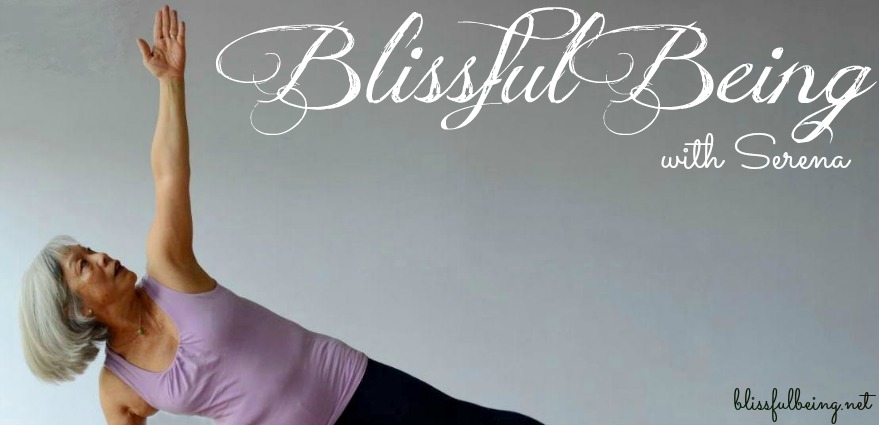There's a lot of buzz about the psoas muscle, and yet most of us don't know what it is, where it is, or what it does. Join me for this informative, experiential, relaxing, (and fun!) workshop this Saturday, June 22nd at the Peninsula Jewish Community Center (PJCC) in Foster City.
Here's a bit of background information. Don't worry -- you won't be quizzed.
Anatomy of the "Muscle of The Soul"
The psoas is approximately 16-inches long and links your
spine to your legs.
There are two psoas muscles, the psoas major and the psoas
minor. For the sake of clarity and brevity and without giving too detailed of an
anatomy lesson here, I'll address the psoas major. Let's start with where it is in your body and
why it such an important part of you.
This mighty muscle attaches at your Thoracic 12 (think of
your bottom most ribs) and out of your Lumbar 1. According to Liz Koch, author of The Psoas Book and with whom I have studied, the psoas major traverses from the spine,
through the pelvic basin, over the ball and socket hip joints, into the lesser
trochanter of the femur bones and that's how it links the spine to the legs.
You will learn how to locate and sense this muscle for yourself.
Find Your REAL "Core"
You will learn how to locate and sense this muscle for yourself.
Find Your REAL "Core"
While we may not think about these parts of the body very
often, one part that we do hear referenced often is our core. While we tend to picture this
as a rigid "6-pack" of muscles in the abdominal area, our REAL core
is something much more. A true strong
core actually stems from the spinal vertebra's weight-bearing ability, and this
this is reflected in a healthy, powerful, and resilient core.
The function of the psoas in a strong core is not to
muscularly support, but to provide information and feedback. Part of it is
located in the belly area near the solar plexus, and it is often called the
muscle of the soul by the Taoist.
Why Awareness of The Psoas Is Important To Your Well-Being
Why Awareness of The Psoas Is Important To Your Well-Being
Our modern society's current style of work, transport, and
recreation, most often involves a great deal of sitting which leads to a
contracted psoas muscle. After a while the body thinks this is a normal position,
but this abnormal posture ends up resulting in lower back pain, sciatica, hip
dysfunction, and even the common ailment of tight shoulders.
Awareness and attention to the role of this important muscle and it's interaction with the
pelvis, hips, and legs and how it affects the whole body can help bring about more ease and less pain.
Don't Miss Out!
All of my psoas workshops this month have been fully attended, but you have the opportunity to secure a space in the last of these workshops for this quarter. I encourage you to book soon. Pre-registration by phone is required. Here are the details:
Don't Miss Out!
All of my psoas workshops this month have been fully attended, but you have the opportunity to secure a space in the last of these workshops for this quarter. I encourage you to book soon. Pre-registration by phone is required. Here are the details:
Join us as we unravel
the mystery of the Muscle
of the Soul
Saturday, June 22, 12:30
pm - 3:30 pm
Peninsula Jewish
Community Center
800 Foster City Blvd.,
Foster City
Members: $35 Public:
$40
Registration required: 650-212-7522
See you there!

